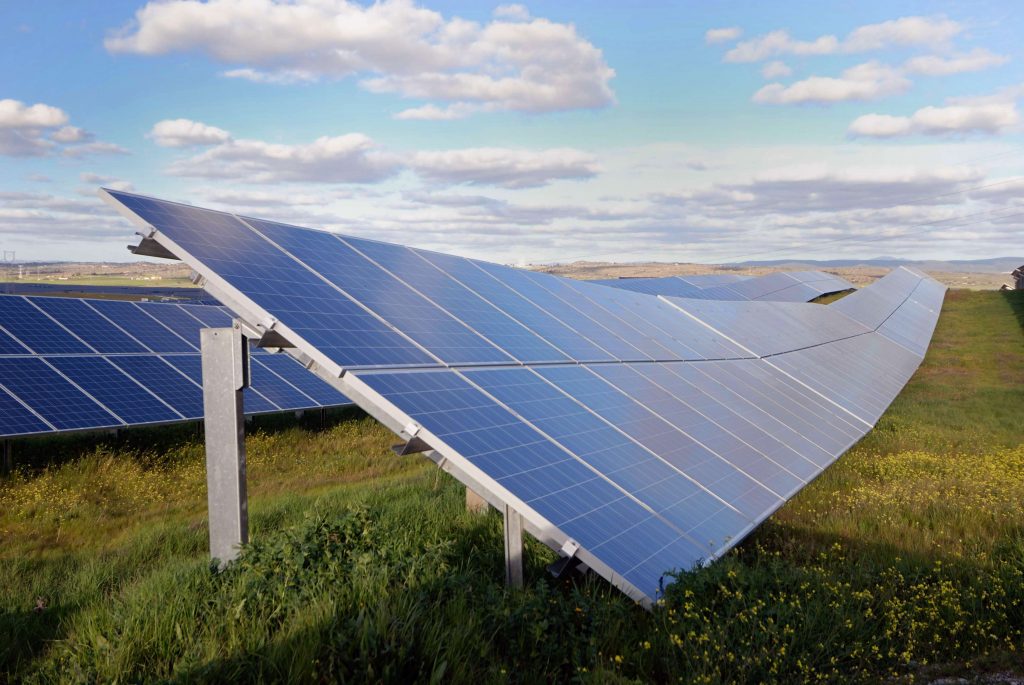UK-based infrastructure investor John Laing will no longer invest in standalone wind and solar across all geographies following a re-assessment of the risk/return profile of the sector. The firm made the decision after it was forced to write down the value of its European and Australian projects.
Through the 2010s, the company claims to have invested approximately £850 million (AU$1.657 billion) in 38 wind and solar projects across Europe and in Australia and the US. It now intends to divest its solar and wind portfolio over the next two years.“Wind and solar generation are increasingly mature and commoditised sectors, and today they offer limited value creation potential for an investor such as John Laing,” the firm said in its annual results statement.
In Australia, John Laing’s problems were laid bare in August when it reported losses of some £66 million (AU$128 million) due to transmission factors on three of its renewable energy projects. This prompted the company’s decision to suspend any new investment in Australian renewable generation until it has got more clarity around the Marginal Loss Factors (MLFs).
As a member of the Clean Energy Investment Group, alongside 24 other leading renewable energy investors, representing investments of more than 6.5 GW of installed capacity and a development pipeline in excess of 10 GW in Australia, John Laing has lobbied for a change in the way transmission losses were calculated and pointed to the adverse effect the current rules have on investor confidence. However, last week, the Australian Energy Market Commission (AEMC) decided against a new rule on calculating MLFs leaving large-scale renewable energy investors out to dry.
In its annual results statement, the firm said it had taken into account the indicative MLFs for the July 2020 – June 2021 period that AEMO published in November, which showed an improvement from the previous year on the three troubled assets, but apparently not big enough to keep the business going. According to the results as at 31 December 2019, John Laing recorded losses of £51 million (AU$ 100 million) on the European wind assets and the £52 million (AU$ 102 million) on its three Australian renewable energy assets due to MLFs.
The investor has already kicked off a sale process for its Australian portfolio of renewable energy assets, which comprises: Cherry Tree Wind Farm and Kiata Wind Farm in Victoria; Granville Harbour Wind Farm in Tasmania; Finley Solar Farm and Sunraysia Solar Farm in NSW; and Hornsdale Wind Farm in South Australia.
“We re-assessed the risk/return profile of standalone wind and solar generation assets during the second half and have decided that we will make no further new investments in this area,” Olivier Brousse, John Laing’s CEO, said. “In line with our business model, we are preparing our existing portfolio of wind and solar assets for sale in the short to medium term to take advantage of strong demand for operational renewable energy assets. We are instead focusing on the opportunities presented by the wider energy transition.”
When it comes to the wider energy transition, John Laing believes it is well-positioned to create better value for its shareholders by investing in technologies that enable high penetration of renewables, decarbonization of other sectors e.g. electrification of transport, and increased energy efficiency. As part of this effort, the company has joined the Hydrogen Council, a global group of industry and financial players focused on fostering the contribution of hydrogen-based technologies and solutions.
This content is protected by copyright and may not be reused. If you want to cooperate with us and would like to reuse some of our content, please contact: editors@pv-magazine.com.









By submitting this form you agree to pv magazine using your data for the purposes of publishing your comment.
Your personal data will only be disclosed or otherwise transmitted to third parties for the purposes of spam filtering or if this is necessary for technical maintenance of the website. Any other transfer to third parties will not take place unless this is justified on the basis of applicable data protection regulations or if pv magazine is legally obliged to do so.
You may revoke this consent at any time with effect for the future, in which case your personal data will be deleted immediately. Otherwise, your data will be deleted if pv magazine has processed your request or the purpose of data storage is fulfilled.
Further information on data privacy can be found in our Data Protection Policy.